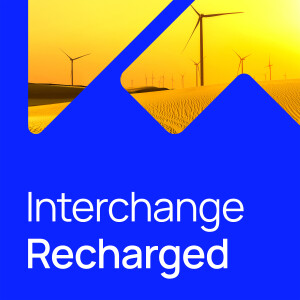
Leading climate models point to a sobering reality: Even if the world’s economy reaches net zero emissions by midcentury, we will still have too much CO2 in the atmosphere. And so if we have to not just emit less, but remove greenhouse gases from the atmosphere, how do we do it?
Today we dive into carbon dioxide removal, or CDR. It’s an increasingly diverse and vibrant technology landscape, with some fundamental business model questions yet to be answered.
To take stock of this space, we spoke to Sarah Sclarsic, a carbon removal researcher at MIT with business acumen to boot: She co-founded the mobility company Getaround. She’s now an investor and on the boards of two SPACs (one of which took XL Fleet public).
We survey the existing technologies, ranging from the old school, like planting trees, to the novel, like direct air capture. And then we take a dive into some theoretical bioengineering approaches.
Sarah argues that we already use powerful biotech tools for medicine and food. She shares her research on the potential to apply these biotech approaches to CDR, laying out what these technologies might look like, such as bioengineering microbes to assist with enhanced rock weathering or cultivating fields and fields of carbon-locking cassava.
The Interchange is brought to you by the Yale Program in Financing and Deploying Clean Energy. Through this online program, Yale University is training working professionals in clean energy policy, finance, and technology, accelerating the deployment of clean energy worldwide, and mitigating climate change. To connect with Yale expertise, grow your professional network, and deepen your impact, apply before March 14, 2021.
More Episodes
 2019-04-17
2019-04-17
 2019-03-26
2019-03-26
 2019-03-18
2019-03-18
 2019-03-12
2019-03-12
 2019-02-27
2019-02-27
 2019-02-12
2019-02-12
 2019-02-05
2019-02-05
 2019-01-21
2019-01-21
 2019-01-07
2019-01-07
Create your
podcast in
minutes
- Full-featured podcast site
- Unlimited storage and bandwidth
- Comprehensive podcast stats
- Distribute to Apple Podcasts, Spotify, and more
- Make money with your podcast
It is Free
- Privacy Policy
- Cookie Policy
- Terms of Use
- Consent Preferences
- Copyright © 2015-2024 Podbean.com





